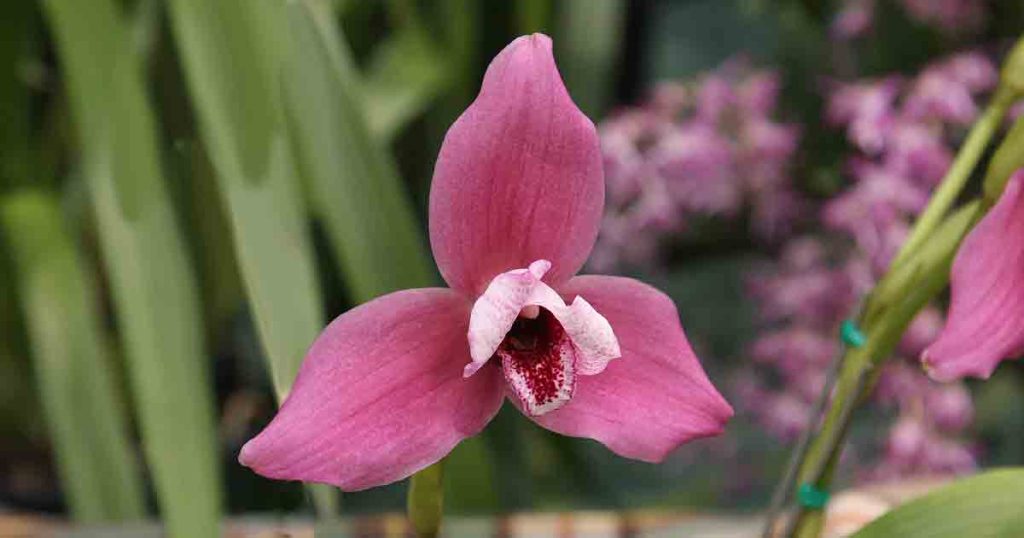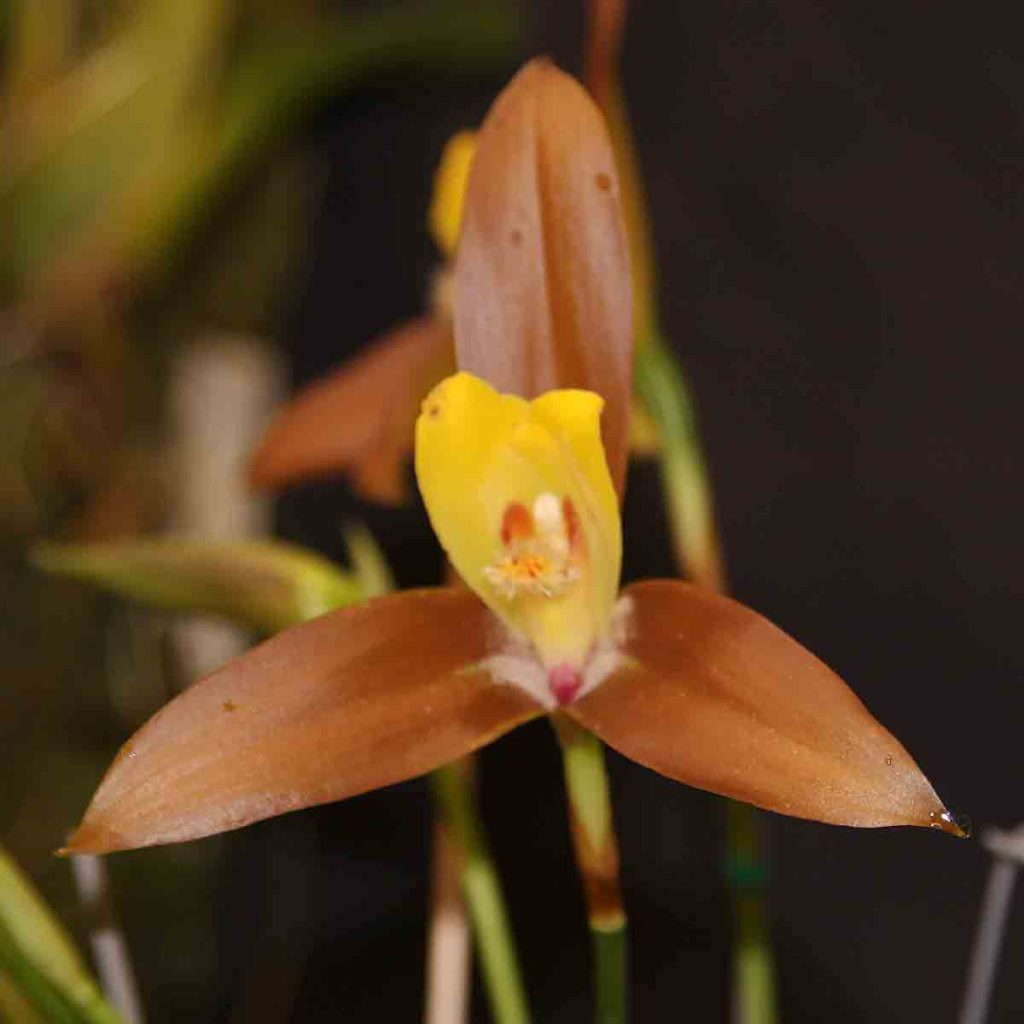Lycaste are an interesting group of orchids with both deciduous and evergreen types in the one genus. With around 30 species, and flower colours from white though to yellows, pinks and near purple they have a lot to offer.

Flowers have three petals that form triangular shape, the petals and the sepals and are waxy and are sometimes spotted or marked.
Lycaste Orchid Care
Lycaste are an orchid species that like filtered light and fairly constant temperature, so are ideal for growing indoors.
- Light
Good filtered or indirect light is the general rule. 50% to 80% shade. The evergreen types such as L.skinneri like a little more shade. - Temperature
Just a little warmer than most indoor temperatures so around 75 to 80F (24 – 26C) with a nighttime drop to 60F (15C) - Potting Mix
A free draining potting mix is essential, Medium to fine commercial Orchid bark with 25% perlite word well as a basic recipe mix. - Humidity
Good air circulation and a little humidity is the recommendation. - Watering
Like so many orchids , a wet/dry cycle of watering is required. Water well and then allow the growing medium to dry. This allows good airflow to the roots and prevents rot.
Water the soil rather than the foliage to prevent marking and fungi problems.’
Deciduous species should be kept very dry when they drop their leaves. - Fertiliser
When in active growth, spring through summer, fertilise regularly. Use a general purpose orchid fertiliser as recommend rates. At the end of summer through winter cut back on fertiliser.

Re-potting Lycaste Orchids
Repotting every 2 – 3 years is recommended. Check the number of pseudobulbs and make sure each division has at least 2 pseudobulbs.
Pseudobulbs are the thick swollen parts at the base of the stem below the leaves, they store energy for the plants. They are common on epiphytic orchids and have stems and leaves. Not all orchids have pseudobulbs!
The bulbs without leaves and stems are called back bulbs.
- Make divisions with at least 2 pseudobulbs.
- After dividing your Lycaste Orchid, usually in spring you need to use a fresh potting mix.
- Choose a pot that will allow for 2 – 3 years growth.
- Hill up the potting mix in the centre
- Plant the divisions with the new growth near the centre.
- After repotting keep the pots in a humid position and do not water for a week or two. Then commence watering at a reduced rate until new growth is evident.

